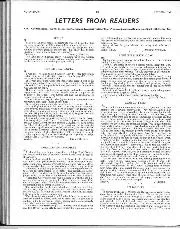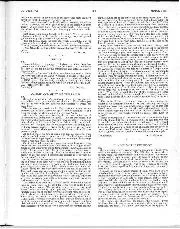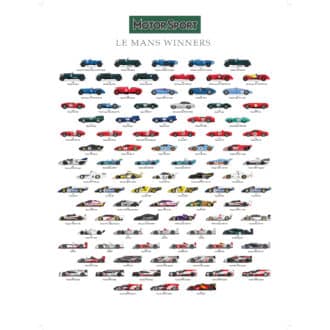

Letters from readers, October 1962
N.B. —Opinions expressed are those of our Correspondents and Motor Sport does not necessarily associate itself with them.—Ed. Scoop Sir, May I as an avid reader, congratulate you on being the…
Perhaps more by luck than judgement, the BMW 2002 set the Munich manufacturer on a new course in the mid-1960s. Increasingly hot versions of its entry level two-door saloon helped re-establish the sporting credentials of the brand. The original M3 in the 1980s and so many cars since all owe a debt to this cheeky-looking saloon.
The model range that started out with 1602 — and included an 1802 and 1502 during a lifespan stretching from 1966 to ’75 — had its roots in the ‘Neue Klasse’ saloons and coupés launched in 1962. A smaller two-door machine was created by shortening the wheelbase, narrowing the rear track and redesigning the cabin.
What was originally called the 1600-2 — the ‘2’ denoting two doors — was launched in March 1966 outside the Munich Opera House and a hot version of a car that was quickly renamed the 1602 followed in the autumn of the following year. The new Ti boasted 105bhp from a twin-carburettor engine, but it wasn’t enough for a couple of the senior hierarchy in Munich.
BMW racing and engine boss Alex von Falkenhausen was one of two execs who, quite independently, dropped a 2-litre engine into their personal 1602s. It was a small jump to a production car with the bigger M10 engine from the 2000CS coupé, especially when the company’s US importer was clamouring for another model after the success of the 1602.

The two versions of the 2002 were introduced in 1968. The base car with 113bhp was followed by the twin-carb Ti — Turismo Internationale — with 120bhp. The following year the Tii with Kugelfischer mechanical fuel injection and a power output of 130bhp arrived on the market.
The Tii may be the most useable 2002, but it isn’t the ultimate. That car was the Turbo, which was launched in 1973.
The way had been paved for this machine by the turbocharged 2002TiK campaigned by the factory in the 1969 European Touring Car Championship. This Group 5 contender was a reaction to Porsche turning up in the tin-top ranks with the 911 the previous season, although its racing life was short: both turbos and the sports cars such as the 911 were banished from the championship in 1970.
“This road rocket was out of production within a year as the oil crisis took hold”
The Turbo was announced at the Frankfurt show in ’73. The Tii-based engine fitted with a KKK turbocharger pushed out 170bhp, and the car came with wider wheels under bulged arches, bigger brakes and a limited-slip differential to deal with that additional power.
This road rocket was out of production inside a year with fewer than 2000 cars built — all left-hand drive — as the oil crisis took hold.
The life of the 2002 came to an end in 1976 on the arrival of the first 3 Series BMW, the E21, although the base 1502 model continued into the following year.
Corrosion is, and has always been, a massive problem with 2002s — pristine original cars are extraordinarily rare today. Engines need to be looked after, too. The aluminium head is prone to warping in the event of overheating, while Kugelfischer injection systems on the Tii are notoriously difficult to set up.

Values have plateaued or worse in the current times of economic uncertainty. A Tii might have fetched over £50,000 three or four years back, but £40,000 is probably more realistic today.
The ultra-rare Turbo raced up in value in the middle part of the current decade and cars were nudging six figures, though there is little evidence to suggest that prices have stabilised at such rarefied levels.
That makes one of the sporty 2002s an affordable classic today. Those rust issues and a lack of history with most cars means that it is important to buy an example almost on condition alone.
• Price new n/a
• Price now £20,000-£40,000
• Engine 2-litre 8-valve SOHC
• Power 130bhp
• 0-60mph 8.2sec
• Top speed 115mph
• Rivals Alfa Romeo GTA, Ford Capri 2300GT, Triumph Dolomite Sprint
• Verdict A milestone car that set the tone for so many BMWs that followed



